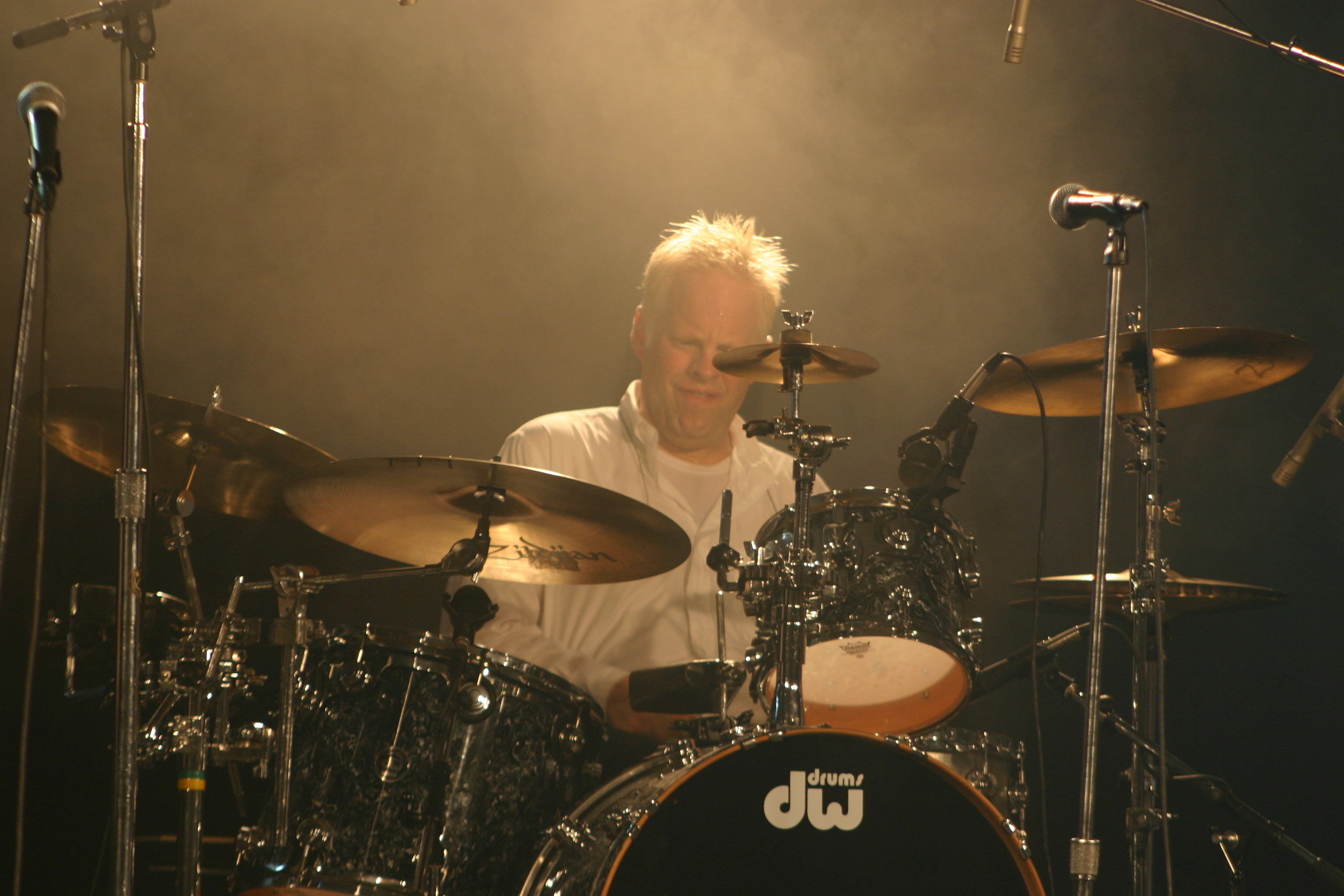This is what a chart typically looks like.
The number by the letter simply tells you which chorus or verse this phrase is. For example, this chart starts with “Intro 1” which is followed by “Verse 1” which is followed by “Pre-Chorus 1”. The numbers to the right of the letters represent the number of measures, or bars, that the particular phrase is comprised of. “Intro 1” is 8 bars, “Verse 1” is 16 bars, followed by “Pre-Chorus 1” of 4 bars and then “Chorus 1” of 16 bars.
Always assume the song is in 4/4 time. If the song isn’t in 4/4, it will be explicitly stated what time signature the song is in.
“I2” or T/A1” – Early on, I couldn’t think of the correct terminology for the turnaround phrase right after a chorus. With time usually being a factor, I simply settled for another “Intro”. Later, I began using the “T/A” meaning “Turnaround”, in this case “Turnaround 1”, of which on this chart there is only one.
“B1” is “Bridge 1”;
“S1” is “Solo 1”;
“B/D1” is “Break Down 1”
Not every song has all of these elements, just as not all songs start with an “Intro”. Not every song has Pre-Choruses. Not all songs have a Break Down. Also, most songs have several of most of these phrases, i.e., most songs have multiple verses and choruses. These charts give you a visual representation of what you should be hearing, even if it is a trademark lyric as is the case with “Carry on Wayward Son”, the song performed by the band Kansas.
If there is a parentheses such as 8 + 1(3/4), this means a 9 bar phrase with one bar being in 3/4 and the chart will usually indicate where that 3/4 bar is and most likely what to play.
(x) = cross stick sound on the snare drum.
(s) = snare drum head – stick the snare head as opposed to the cross stick sound.
(X/S) = Cross Stick on beat 2 and Snare on beat 4.

